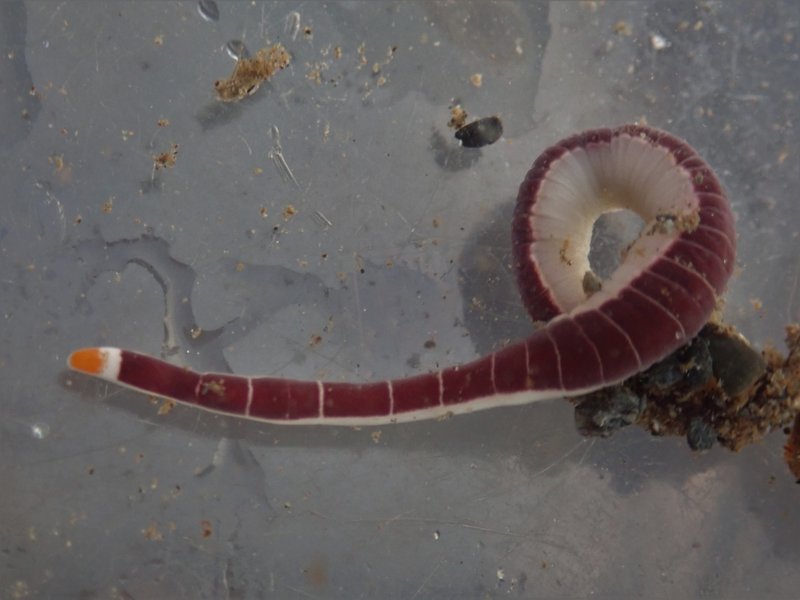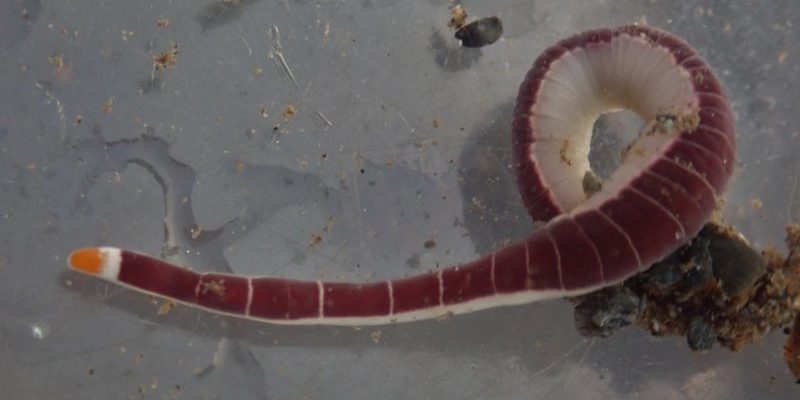
So, what are the best conditions for spotting these intriguing worms? Think about it this way: finding ribbon worms is a bit like hunting for a needle in a haystack. You need to know where to look and when. It’s all about the right environment and timing. In this guide, we’re diving into the fascinating world of ribbon worms and sharing tips to help you discover these unique creatures in their natural habitat.
Understanding Ribbon Worms: A Quick Overview
Before we get into the best conditions for spotting ribbon worms, let’s take a moment to understand what they are. Ribbon worms belong to the phylum Nemertea and can vary greatly in size and color. Some are just a few inches long, while others can stretch over thirty feet! They typically live in marine environments but can also be found in freshwater and even moist terrestrial habitats.
This phylum’s most remarkable feature is their unique hunting mechanism. Ribbon worms possess a specialized organ called a proboscis, which can shoot out to capture prey. Imagine a tiny, slimy superhero ready to snag its dinner in a flash! This makes them quite fascinating to observe in action, but it also means you need to be at the right place at the right time to see them.
Ideal Habitats for Ribbon Worms
To find ribbon worms, you need to know where they like to hang out. They tend to prefer environments that offer plenty of moisture and cover. Here are some ideal habitats to look for them:
- Coastal Areas: Ribbon worms thrive in tidal zones, often hiding among rocks and seaweed. The intertidal zone is particularly rich in biodiversity, making this an ideal spot!
- Freshwater Bodies: Streams, ponds, and marshes can also be home to these creatures. Look for areas with thick vegetation and soft mud.
- Soft Sediment: They often burrow into the soft, wet sediment where they can easily conceal themselves from predators.
If you’re near the coast or a freshwater environment, you’re halfway to a successful ribbon worm hunt. Just remember to tread carefully, as you don’t want to disturb their habitat too much.
Best Times to Spot Ribbon Worms
Timing is everything when it comes to spotting ribbon worms. These guys tend to be more active during certain conditions. Here are some tips on the best times to look:
- Low Tide: If you’re heading to a coastal area, aim for low tide. This exposes more of their habitat, making it easier to spot them among the rocks and sand.
- Warm, Humid Days: Ribbon worms might be more active during warm days with higher humidity. This is particularly true for those in freshwater habitats, as the moisture helps them thrive.
- After Rain: A good rain can cause them to come out of their burrows. Check your local areas after a rainfall for a better chance of spotting them!
Understanding these timing tips can significantly increase your chances of success. It’s all about being in the right place at the right time.
Spotting Techniques: How to Find Ribbon Worms
Now that you know where and when to look, let’s talk about how to actually spot these elusive creatures. Here are some techniques to keep in mind:
- Careful Observation: Ribbon worms blend into their environment, so take your time to observe your surroundings. Look closely at sandy or muddy areas where they might be hiding.
- Use a Trowel: Gently dig into soft sediment with a trowel or your hands. If you disturb their habitat, they might become curious and pop out for a look!
- Search Under Rocks: Flip over rocks or debris, but remember to put everything back as you found it. Ribbon worms like places to hide.
With these techniques, you’ll be more prepared than ever to find a ribbon worm! Just be patient and enjoy the process of exploration.
Environmental Conditions: What to Look For
Beyond habitats and timing, certain environmental conditions can make the search for ribbon worms easier. Here are some factors to consider:
- Water Quality: Healthy water with minimal pollution is essential for finding ribbon worms. They thrive in clean environments with abundant food sources.
- Temperature: Moderate temperatures are best. Too hot or too cold can drive them deeper into the substrate, making them harder to find.
- Biodiversity: Areas with diverse marine life tend to attract more ribbon worms. If you spot lots of other creatures, there’s a good chance you’ll find ribbon worms too!
Keeping an eye on these environmental factors can help you pinpoint the best spots for your ribbon worm adventure.
Respecting Nature While Spotting Ribbon Worms
As exciting as it is to find ribbon worms, it’s important to remember to respect their environment. Here are some quick reminders:
- Avoid Over-Disturbance: Be gentle when exploring. Too much digging or overturning can harm their habitat.
- Leave No Trace: Always clean up after yourself. Take all trash with you, ensuring the environment stays healthy for future explorations.
- Observe, Don’t Collect: Enjoy the moment and take pictures if you like, but leave the worms where they belong—out in nature!
By following these guidelines, you can enjoy the thrill of spotting ribbon worms while also protecting the delicate ecosystems they call home.
Wrapping It Up: A Ribbon Worm Adventure Awaits
Finding ribbon worms can be an exhilarating experience. By understanding their habitats, knowing when to look, and applying some simple spotting techniques, you can increase your chances of success. Remember, it’s all about the right conditions and a bit of patience.
So, grab your gear, put on those adventure shoes, and head out for a day of exploring. You might be surprised at what you’ll find! Whether it’s in coastal tidal pools or serene freshwater bodies, the thrill of spotting ribbon worms could lead you to an unforgettable connection with nature. Happy hunting!

